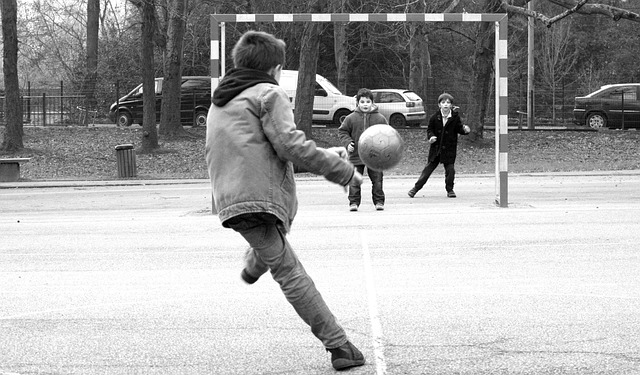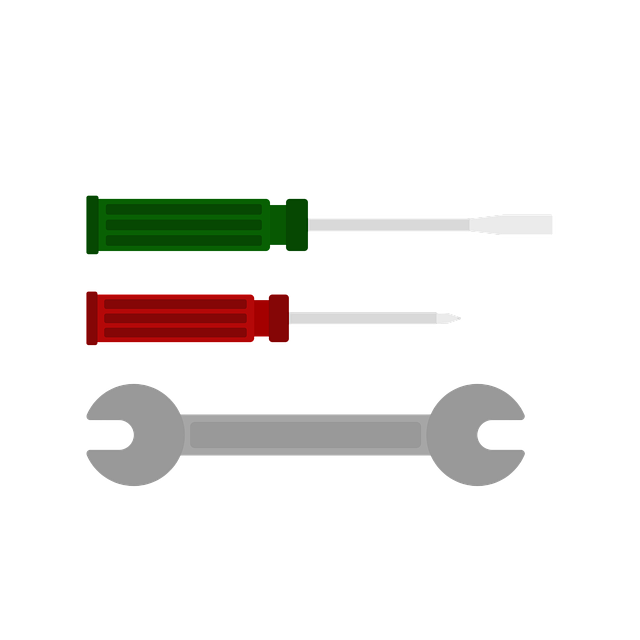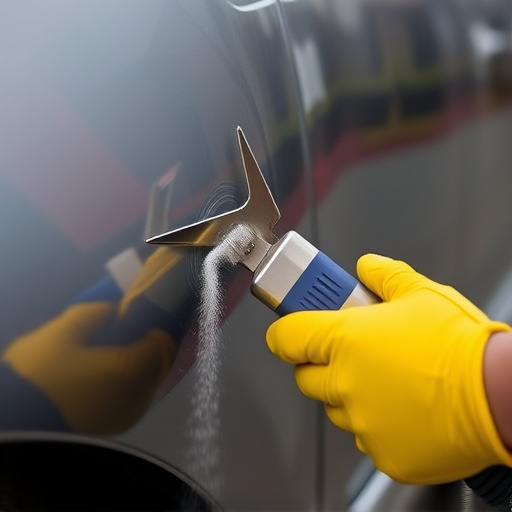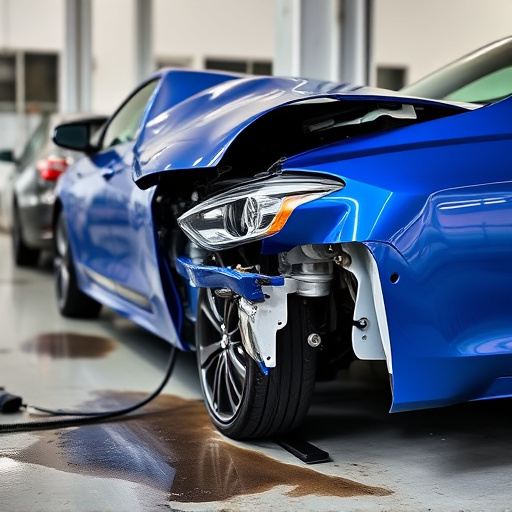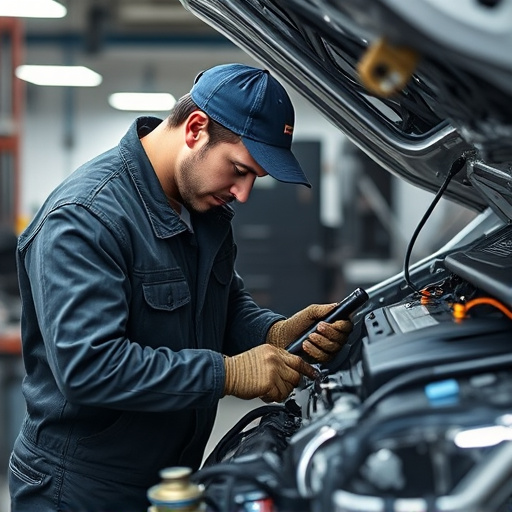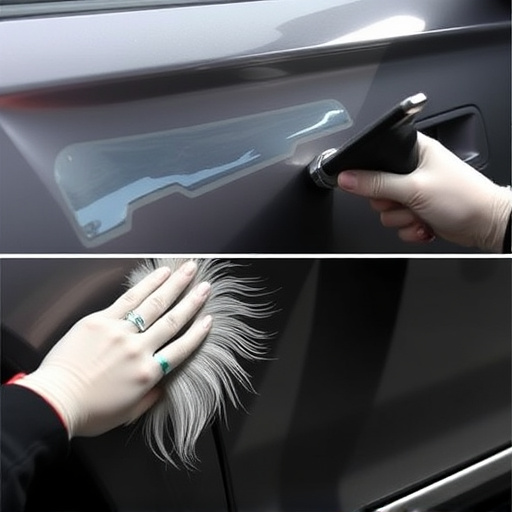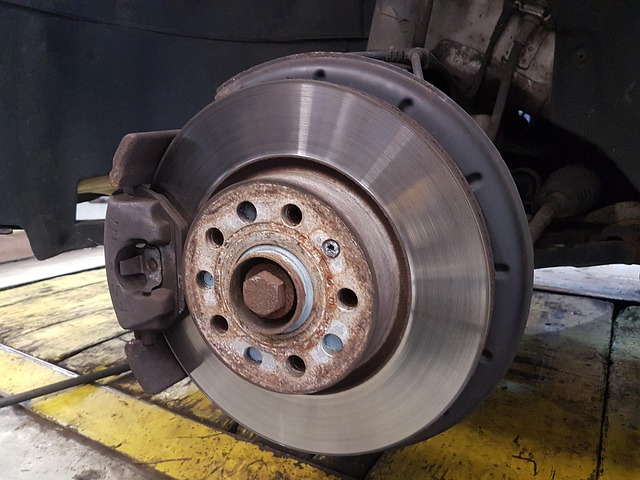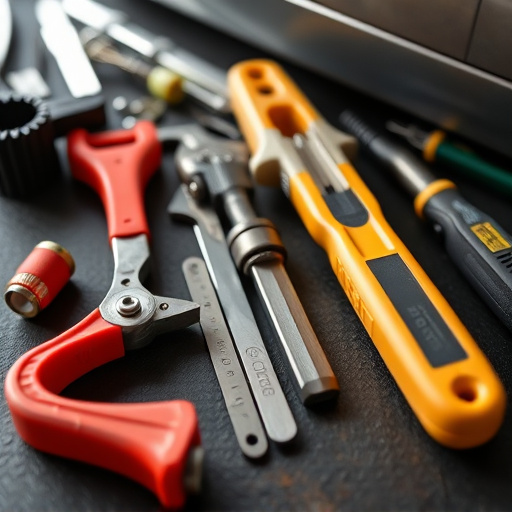Glass replacement certification is vital for auto industry safety and quality, empowering technicians with specialized skills and knowledge. Collision repair centers adopting certified programs gain a competitive edge by adhering to best practices, ensuring precise repairs that meet or exceed industry standards. These programs, involving training, standard operating procedures, and high-quality tools, offer enhanced customer confidence, transparent pricing, and peace of mind.
Stay ahead of safety standards and customer expectations with certified glass replacement programs. This comprehensive guide explores the next steps in implementing these industry-recognized certifications, from understanding the fundamentals of glass replacement certification to unlocking best practices for enhanced safety and satisfaction. Dive into our step-by-step approach, tailored for professionals seeking to elevate their services through expert knowledge and recognized standards.
- Understanding Glass Replacement Certification: Unlocking Industry Standards
- Implementing Certified Programs: A Step-by-Step Guide
- Benefits and Best Practices: Enhancing Safety and Customer Satisfaction
Understanding Glass Replacement Certification: Unlocking Industry Standards

Glass replacement certification is a crucial aspect of ensuring quality and safety standards in the automotive industry. This specialized training equips professionals with the knowledge and skills to handle glass replacement and repair effectively, mirroring industry best practices. By adhering to certified programs, auto collision repair shops, fender repair facilities, and bumper repair centers can maintain high levels of precision and expertise.
Understanding these certification criteria is key to unlocking a network of reliable service providers. It ensures that repairs are not just cosmetic but structural, enhancing vehicle safety. With proper certification, professionals can confidently manage various glass-related issues, from cracked windshields to damaged side windows, ensuring each repair meets or exceeds industry standards.
Implementing Certified Programs: A Step-by-Step Guide

Implementing Certified Glass Replacement Programs is a strategic move for any collision repair center or automotive repair shop looking to enhance its services and gain a competitive edge. The process begins with understanding the glass replacement certification requirements set by industry standards and regulatory bodies. This involves acquiring the necessary training, which can often be facilitated through specialized courses offered by reputable organizations.
Once trained, the next step is to invest in high-quality tools and equipment that meet the latest industry standards for glass replacement. This ensures precision and safety during the repair process. The shop should then develop standard operating procedures (SOPs) outlining the steps for handling glass replacements, from initial assessment to final installation. Incorporating these certified practices into daily operations will not only improve the quality of auto repair services but also instil confidence in customers who value top-notch, assured glass replacement services.
Benefits and Best Practices: Enhancing Safety and Customer Satisfaction

Certified glass replacement programs offer significant advantages for both businesses and customers within the automotive industry. By adhering to recognized standards and guidelines, these programs ensure that every glass replacement or repair is conducted with precision and expertise. This not only enhances structural integrity but also plays a crucial role in maintaining safety. Customers benefit from high-quality work, peace of mind, and the assurance that their vehicles are in safe hands.
Best practices for such programs involve meticulous training and ongoing education for technicians, ensuring they stay up-to-date with industry innovations and safety protocols. Efficient communication with clients, clear explanations of procedures, and transparent pricing policies further bolster customer satisfaction. Moreover, integrating these certified processes into auto body work or bumper repair services can set an auto repair shop apart, fostering trust and loyalty among its clientele, much like a well-choreographed dance enhances the overall performance.
The journey towards efficient and safe glass replacement practices is evident through the implementation of certified programs. By adhering to industry standards set by glass replacement certification, businesses can significantly enhance customer satisfaction and ensure structural integrity. This article has provided a comprehensive guide, from understanding the certification process to exploring its benefits and best practices. Now, it’s time for professionals to take the next step, embrace these standards, and revolutionize the glass replacement industry.


